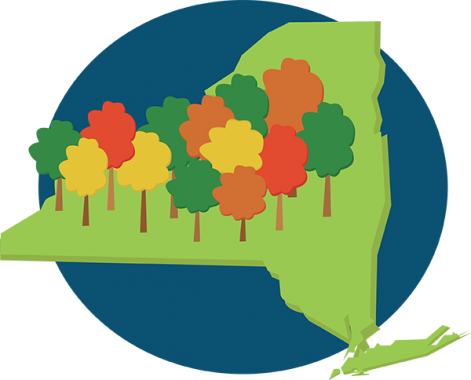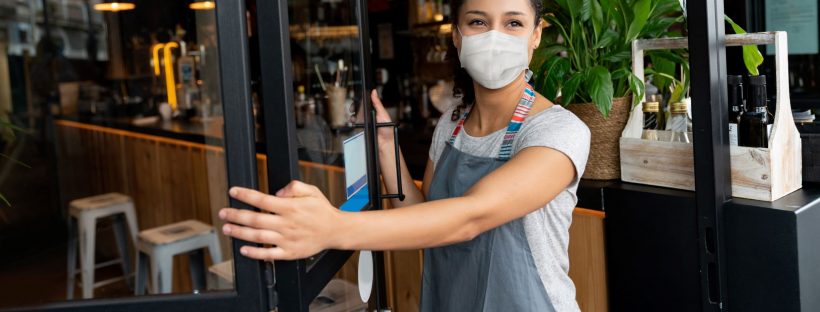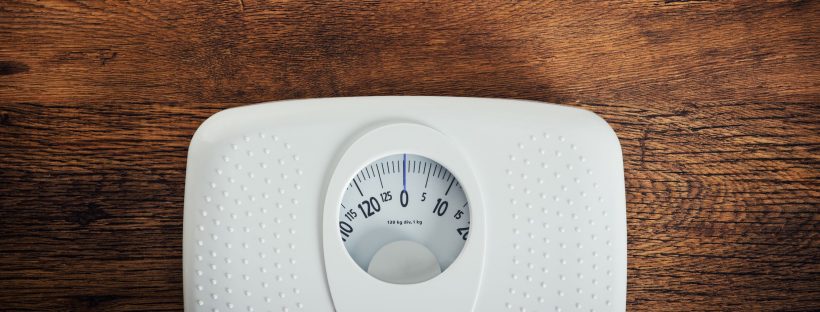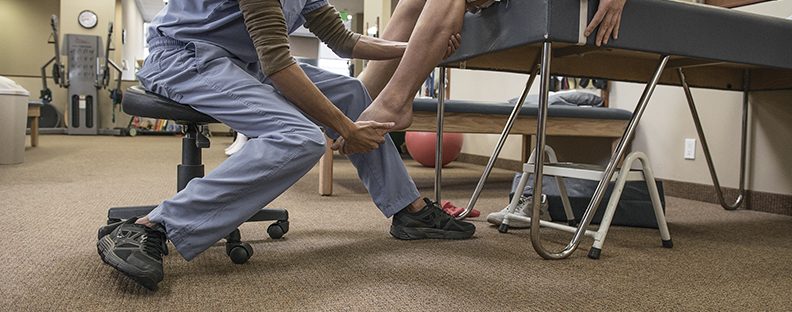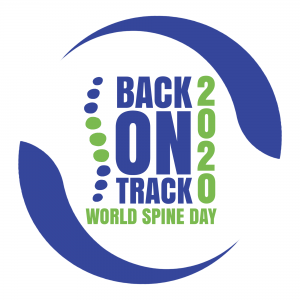Ify Azogi’s African and Caribbean Central Market has seen a decline in customers since the pandemic began.
The owner of a small business in one of Monroe County’s poorest neighborhoods, she’s doing her best to keep the doors open.
“People feel afraid. They’re scared of coming out,” she said. “I’ve been here since 10:30 this morning and the store has been mostly empty.”
Hit hard by the pandemic, many small businesses are struggling – especially those in minority neighborhoods with high infection rates.
Business owners like Azogi and their employees put themselves and their families at great risk every day so we have access to the services and goods we need.
“This pandemic has put many local small businesses at risk,” said Jim Reed, president and CEO-elect of Excellus BlueCross BlueShield. “It is important for our community’s businesses to have the personal protection equipment they need to safely stay open and continue serving their customers.”
Personal Protective Equipment –essential for essential businesses and workers
Personal protective equipment (PPE) like masks, gloves, disinfectant, and hand sanitizer have been essential tools throughout the pandemic, protecting businesses, workers and customers from infection and the spread of the virus.
On a Saturday morning in early December, owners of 200 small businesses turned out to receive kits containing personal protective equipment (PPE) to help keep their employees and customers safe. The kits contained a digital thermometer, face masks and shields, disinfectant, hand sanitizer and paper towels.
Excellus BCBS provided $40,000 to Monroe County to purchase and distribute 400 PPE kits to essential minority and women-owned businesses in the county’s neediest zip codes. Regional Distributors packaged the PPE kits and delivered them to the distribution sight.
Safety…
Azogi said the PPE helps her customers feel safe. “Before, if a customer came to the door without a mask, I couldn’t let them in,” she said. “Now, I can gladly give them one. Customers are grateful. They say, “oh, I can have one?! Thanks! And I don’t have to turn anyone away.”
…and peace of mind
Lorna Underwood is using the PPE at her family-owned Caribbean Heritage Restaurant.
After years in the catering business, she and her husband, Jerome, opened the restaurant in March 2019 and, in March 2020, they had to close. Two weeks later, they reopened for take-out only.
“We’re not as busy. We lost business, but we keep going. We’re doing everything we possibly can,” she said.
She’s been putting the disinfectant to good use, cleaning and wiping down counters and door handles. “And masks, especially,” she said. “If someone doesn’t have one, I can hand them one with a reminder they need to wear a mask. Especially the young people, the invincible ones!”
Receiving the PPE, she said, gives her a great deal of peace of mind, helping with customer and employee safety, as well as some financial relief. “Otherwise we would have had to find money to buy it,” she said.
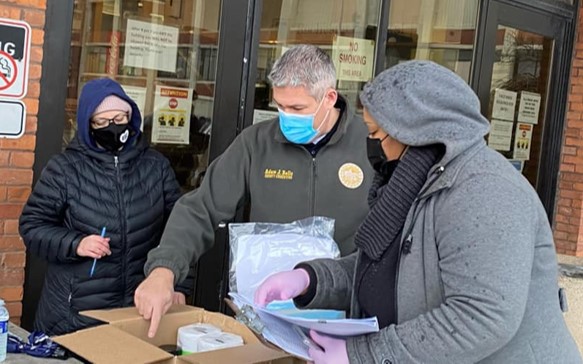
Monroe County Executive Adam Bello and volunteers distribute PPE kits.
“We want to ensure that essential retail and other businesses have the tools they need to better serve their customers and keep our neighborhoods safe,” said Monroe County Executive Adam Bello. “I am grateful to Excellus BCBS for their generous grant, and to Regional Distributors for stepping up to help us with this important initiative.”
Underwood is optimistic. “We’re not going to close our doors. Customers are glad we’re open and this helps us find a way to stay open. In the meantime, we’ll stay the course. We do what we can to help our customers. Hospitality is who I am – it’s still working out.”
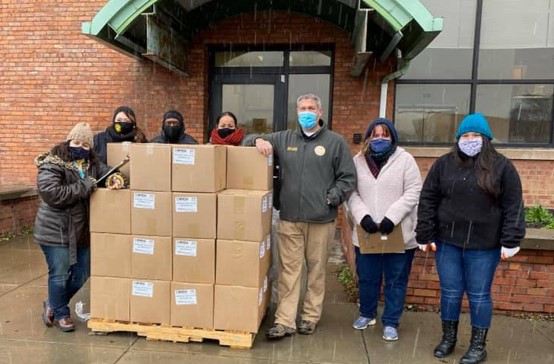
Monroe County Executive Adam Bello and volunteers distribute PPE kits.
